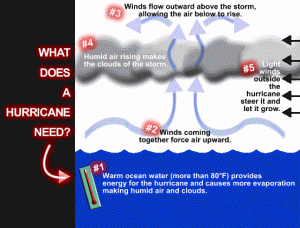
Image from http://constitutioncenter.org
When it comes to studying about the importance of the U.S. Constitution, Elk Grove students can learn a few lessons from local Japanese-American citizens.
Following the bombing of Pearl Harbor, the history of this once rural community forever changed. As the nation entered World War II, President Roosevelt signed Executive Order 9066, authorizing the removal and “relocation” of thousands of Japanese-Americans from the West Coast. Virtually overnight U.S. citizens of Japanese heritage disappeared from the farming communities of the Sacramento valley.
The Japanese internment story is a powerful example of why it is so important for us (especially educators) to understand – and to be willing to fight for – the Constitutional Rights guaranteed to every citizen.
Last week we uploaded to the district’s Time of Remembrance website 10 new interviews with Japanese-Americans from the Sacramento area. Each story is a reminder of what can happen if we allow the loss of rights to any group of people to go unchallenged.
The new additions to the Time of Remembrance Interview Archives include first-hand accounts of the war years from:
*Marielle Tsukamoto – As an educator (Elk Grove USD) and community activist, Marielle continues the legacy and work of her mother, Mary Tsukamoto, who was a driving force in the Smithsonian’s original exhibit: A More Perfect Union: Japanese-Americans and the US Constitution. Marielle shares her memories of both the camp experience (Jerome, Arkansas) and some of the realities faced by internees following their release from the camps.
* Jack Dairiki – Born in Sacramento, Jack recounts his trip to Japan in 1941, being caught there, and surviving the bombing of Hiroshima.
* Jim Tanimoto – I met Jim last spring during an annual Pilgrimage to Manzanar. Jim’s story is the first in our collection from a No-No boy, a term for resisters. No-No boys answered “No” to questions 27 and 28 on the Loyalty Oath they were required to take.

Tsukamoto Family
Constitution Day 2011 – a time to reflect on what it means to be an informed citizen.





